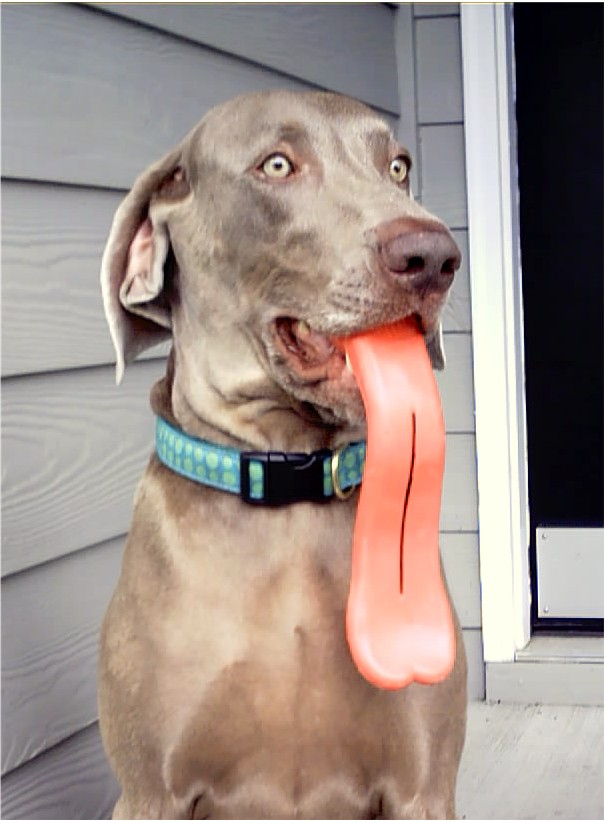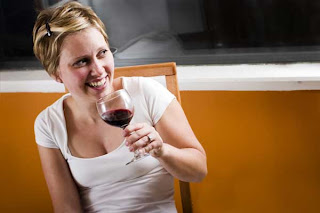Take a Break DudesTounge Twisters
Tongue Twisters
Repeating tongue twisters out loud can help develop clearer speech.
* Red lorry, yellow lorry, red lorry, yellow lorry.
* A box of biscuits, a batch of mixed biscuits.

* A skunk sat on a stump and thunk the stump stunk,
but the stump thunk the skunk stunk.
* Peter Piper picked a peck of pickled peppers.
Did Peter Piper pick a peck of pickled peppers?
If Peter Piper picked a peck of pickled peppers,
where's the peck of pickled peppers Peter Piper picked?
* Unique New York.
* Betty Botter had some butter,
"But," she said, "this butter's bitter.
If I bake this bitter butter,
it would make my batter bitter.
But a bit of better butter--
that would make my batter better."
So she bought a bit of butter,
better than her bitter butter,
and she baked it in her batter,
and the batter was not bitter.
So 'twas better Betty Botter
bought a bit of better butter.
* Six thick thistle sticks. Six thick thistles stick.
* Is this your sister's sixth zither, sir?
* A big black bug bit a big black bear,
made the big black bear bleed blood.
* The sixth sick sheik's sixth sheep's sick.
* Toy boat. Toy boat. Toy boat.
* One smart fellow, he felt smart.
Two smart fellows, they felt smart.
Three smart fellows, they all felt smart.
* Pope Sixtus VI's six texts.
* I slit the sheet, the sheet I slit, and on the slitted sheet I sit.
* She sells sea shells by the sea shore.
The shells she sells are surely seashells.
So if she sells shells on the seashore,
I'm sure she sells seashore shells.
* Mrs. Smith's Fish Sauce Shop.
* "Surely Sylvia swims!" shrieked Sammy, surprised.
"Someone should show Sylvia some strokes so she shall not sink."
* A Tudor who tooted a flute
tried to tutor two tooters to toot.
Said the two to their tutor,
"Is it harder to toot
or to tutor two tooters to toot?"
* Shy Shelly says she shall sew sheets.
* Three free throws.
* I am not the pheasant plucker,
I'm the pheasant plucker's mate.
I am only plucking pheasants
'cause the pheasant plucker's running late.
* Sam's shop stocks short spotted socks.
* A flea and a fly flew up in a flue.
Said the flea, "Let us fly!"
Said the fly, "Let us flee!"
So they flew through a flaw in the flue.
* Knapsack straps.
* Which wristwatches are Swiss wristwatches?
* Lesser leather never weathered wetter weather better.
* Six sick slick slim sycamore saplings.
* A bitter biting bittern
Bit a better brother bittern,
And the bitter better bittern
Bit the bitter biter back.
And the bitter bittern, bitten,
By the better bitten bittern,
Said: "I'm a bitter biter bit, alack!"
* Inchworms itching.
* A noisy noise annoys an oyster.
* The myth of Miss Muffet.
* Mr. See owned a saw.
And Mr. Soar owned a seesaw.
Now See's saw sawed Soar's seesaw
Before Soar saw See,
Which made Soar sore.
Had Soar seen See's saw
Before See sawed Soar's seesaw,
See's saw would not have sawed
Soar's seesaw.
So See's saw sawed Soar's seesaw.
But it was sad to see Soar so sore
Just because See's saw sawed
Soar's seesaw!
If you liked this page Please leave a comment here





